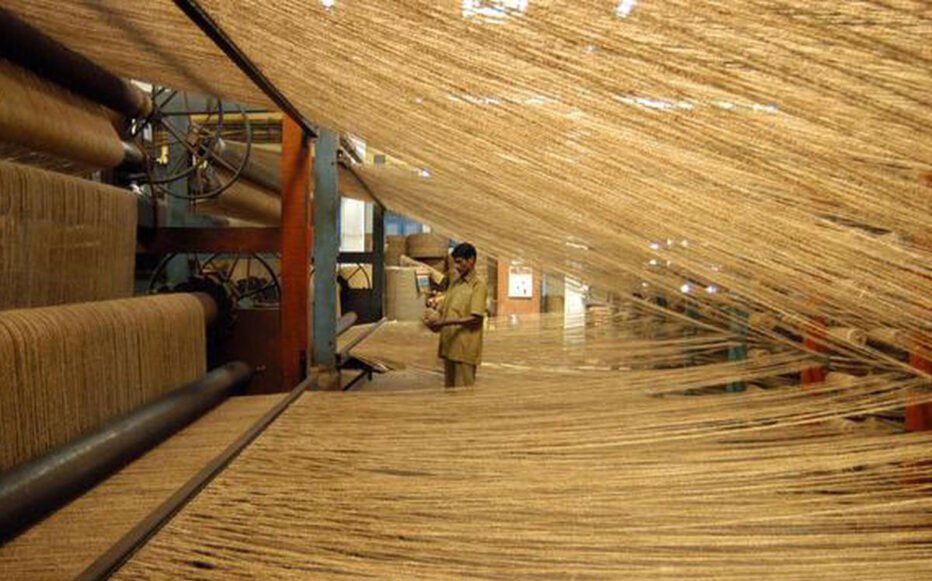
Description
A fiber extracted from coconut husk, often used for doormats.
Coir is a highly lignified-plant fiber extracted from coconut husk. It is the thickest and most resistant of all commercial natural fibers and is generally gold in color. There are two types of coir: the more commonly used brown fiber obtained from mature coconuts, and finer white fiber extracted from unripe green coconuts.
Background
Story
Originating in India, coconuts were first documented in the 3rd century BC. Ropes and cords have been made from coconut fiber since ancient times. Indian navigators who sailed the seas centuries ago used coir for ropes on their ships. During 1840, Treloar and Sons, a carpet manufacturer began using coir fiber for various applications.
Manufacturing
In today’s environmentally conscious world, coir fibers are becoming more and more popular. Coir fiber, also simply known as coir, comes from the fibrous husk of the inner shell of a coconut. Creating coir takes time since the husks must soak until the fibers separate, but this material has many uses. While you may be familiar with coir and its use in stiff fiber doormats, it is now being used in many other ways.

Expertises
Characteristic
- Coarse
- Durable and thick
- Able to insulate heat
Retains moisture - Waterproof, resistant to saltwater damage
- Flame and UV resistant
- Antibacterial; fungi and insect resistant
- Able to insulate sound
- Hard to dye due to its high lignin content e Anti-static
Landscaping and Gardening
Coir is often used in gardening and landscaping projects. For example, coco coir peat looks and feels like traditional soil, but retains more moisture, thus keeping your plant roots from drying out. Coir also repels most insects, creating a natural pest management system for your garden.
Shop Banner
Coco chips are often used in places where you would traditionally use bark chips. Because they help retain water, coco chips are great for mulching around trees. Coir woven textiles are applied to the ground in areas prone to erosion. The textile absorbs water, helps seed germination, and promotes new vegetation growth.
Ropes and Netting
White coir fibers are typically used for rope because of its strength and flexibility. White coir fiber also has a strong resistance to salt water, making it the perfect medium for making fishing nets, nets for shellfish harvesting and marine rope for boats.
Household Items and Furniture
Coir is also commonly used for rough, bristle welcome mats. This natural fiber is strong and helps remove dirt from shoes. In addition, coir fiber is rot resistant, making it excellent for outdoor use. Brown coir fibers are also used to make household brushes, such as toilet brushes and brooms. In addition to welcome mats, coir fibers are woven to make indoor and outdoor rugs. Brown coir fiber can also be bound together with natural latex and is layered in between the foam and polyester wadding to make mattresses.
Social
12k followers
30k likes
Youtube
22k subscribers
8k followers
Have a project in mind?
If you have a great idea, reach out to me. Whether it is a small or big project, I will listen first and get back to you with a plan.

